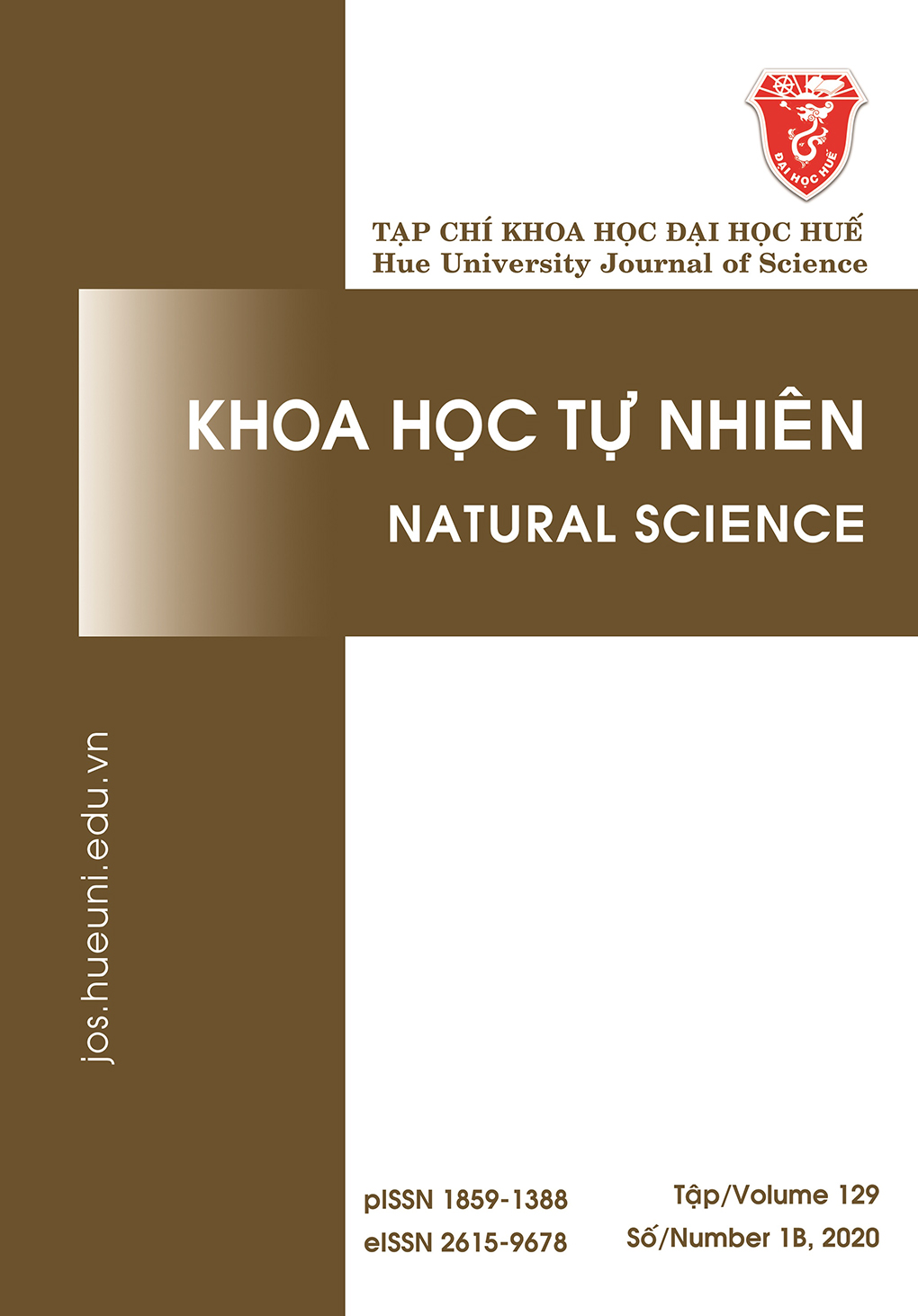Abstract
In this work, a theoretical study for platinum(II)-8-hydroxyquinoline-tetrylene complexes [{PtCl–C9H6NO}–NHEPh] (Pt–EPh) is carried out for the first time by using the density functional theory (DFT). Quantum chemical calculations with DFT and charge methods at the BP86 level with basic sets SVP and TZVPP have been perfomed to get insight into the structures and property of Pt–EPh. The optimization of equilibrium geometries of the ligands EPh in Pt–EPh, bonded in the distorted end-on way to the Pt fragment is studied, in which the bending angle slightly decreases from carbene Pt–CPh to germylene Pt–GePh. Quantum chemical parameters such as EHOMO, ELUMO, the energy gap (ELUMO – EHOMO), electronegativity, global hardness, and global softness in the neutral molecules have been calculated and discussed. Bond dissociation energies decrease from the slighter to the heavier homologues. The hybridization of atoms E has large p characters, while the hybridization of atom Pt has a greater d character. Thus, the Pt–E bond possesses not only NHEPh→{PtCl–C9H6NO} strong -donation but also a significant contribution of π-donation NHEPh→{PtCl–C9H6NO}, and a weak π-backdonation metal-ligand NHEPh←{PtCl-C9H6NO} in complexes Pt-EPh is also considered.
References
- Arduengo III AJ, Harlow RL, Kline M. A stable crystalline carbene. Journal of the American Chemical Society. 1991;113(1):361-363.
- Herrmann WA, Böhm VP, Gstöttmayr CW, Grosche M, Reisinger C-P, Weskamp T. Synthesis, structure and catalytic application of palladium (II) complexes bearing N-heterocyclic carbenes and phosphines. Journal of Organometallic Chemistry. 2001;617:616-28.
- Poyatos M, Mata JA, Peris E. Complexes with poly (N-heterocyclic carbene) ligands: structural features and catalytic applications. Chemical reviews. 2009;109(8):3677-707.
- Mata JA, Poyatos M, Peris E. Structural and catalytic properties of chelating bis-and tris-N-heterocyclic carbenes. Coordination Chemistry Reviews. 2007;251(5-6):841-59.
- O'Brien CJ, Kantchev EAB, Valente C, Hadei N, Chass GA, Lough A, et al. Easily Prepared Air‐and Moisture‐Stable Pd–NHC (NHC= N‐Heterocyclic Carbene) Complexes: A Reliable, User‐Friendly, Highly Active Palladium Precatalyst for the Suzuki–Miyaura Reaction. Chemistry–A European Journal. 2006;12(18):4743-8.
- Nasielski J, Hadei N, Achonduh G, Kantchev EAB, O'Brien CJ, Lough A, et al. Structure–Activity Relationship Analysis of Pd–PEPPSI Complexes in Cross‐Couplings: A Close Inspection of the Catalytic Cycle and the Precatalyst Activation Model. Chemistry–A European Journal. 2010;16(35):10844-53.
- Organ MG, Abdel‐Hadi M, Avola S, Hadei N, Nasielski J, O'Brien CJ, et al. Biaryls made easy: PEPPSI and the Kumada–Tamao–Corriu reaction. Chemistry–A European Journal. 2007;13(1):150-7.
- Organ MG, Avola S, Dubovyk I, Hadei N, Kantchev EAB, O'Brien CJ, et al. A User‐Friendly, All‐Purpose Pd–NHC (NHC= N‐Heterocyclic Carbene) Precatalyst for the Negishi Reaction: A Step Towards a Universal Cross‐Coupling Catalyst. Chemistry–A European Journal. 2006;12(18):4749-55.
- Nguyen TAN, Frenking G. Transition‐Metal Complexes of Tetrylones [(CO) 5W‐E (PPh3) 2] and Tetrylenes [(CO) 5W‐NHE](E= C–Pb): A Theoretical Study. Chemistry–A European Journal. 2012;18(40):12733-48.
- Frenking G, Tonner R, Klein S, Takagi N, Shimizu T, Krapp A, et al. New bonding modes of carbon and heavier group 14 atoms Si–Pb. Chemical Society Reviews. 2014;43(14):5106-39.
- Frenking G, Hermann M, Andrada DM, Holzmann N. Donor–acceptor bonding in novel low-coordinated compounds of boron and group-14 atoms C–Sn. Chemical Society Reviews. 2016;45(4):1129-44.
- Takagi N, Shimizu T, Frenking G. Divalent E (0) Compounds (E= Si–Sn). Chemistry–A European Journal. 2009;15(34):8593-604.
- Takagi N, Frenking G. Divalent Pb (0) compounds. Theoretical Chemistry Accounts. 2011;129(3-5):615-23.
- Moretti G, Guidi F, Grion G. Tryptamine as a green iron corrosion inhibitor in 0.5 M deaerated sulphuric acid. Corrosion science. 2004;46(2):387-403.
- Bentiss F, Traisnel M, Gengembre L, Lagrenée M. Inhibition of acidic corrosion of mild steel by 3, 5-diphenyl-4H-1, 2, 4-triazole. Applied Surface Science. 2000;161(1-2):194-202.
- Bouklah M, Ouassini A, Hammouti B, El Idrissi A. Corrosion inhibition of steel in 0.5 M H2SO4 by [(2-pyridin-4-ylethyl) thio] acetic acid. Applied surface science. 2005;250(1-4):50-6.
- Zucchi F, Trabanelli G, Brunoro G, Monticelli C, Rocchini G. Corrosion inhibition of carbon and low alloy steels in sulphuric acid solutions by 2‐mercaptopyrimidine derivatives. Materials and Corrosion. 1993;44(6):264-8.
- Chetouani A, Aouniti A, Hammouti B, Benchat N, Benhadda T, Kertit S. Corrosion inhibitors for iron in hydrochloride acid solution by newly synthesised pyridazine derivatives. Corrosion Science. 2003;45(8):1675-84.
- Umoren S, Obot I. Polyvinylpyrollidone and polyacrylamide as corrosion inhibitors for mild steel in acidic medium. Surface Review and Letters. 2008;15(03):277-86.
- Becke AD. Density functional calculations of molecular bond energies. The Journal of Chemical Physics. 1986;84(8):4524-9.
- Lee C, Yang W, Parr RG. Development of the Colle-Salvetti correlation-energy formula into a functional of the electron density. Physical review B. 1988;37(2):785.
- G. Gaussian Inc. In: Frisch MJ TG, Schlegel HB, Scuseria GE, Robb MA, Cheeseman JR, Scalmani G, Barone V, Mennucci B, Petersson GA, editors. Wallingford CT; 2009.
- Ahlrichs R, Bär M, Häser M, Horn H, Kölmel C. Electronic structure calculations on workstation computers: The program system turbomole. Chemical Physics Letters. 1989;162(3):165-9.
- Szwarc M. The Determination of Bond Dissociation Energies by Pyrolytic Methods. Chemical Reviews. 1950;47(1):75-173.
- Kerr J. Bond dissociation energies by kinetic methods. Chemical reviews. 1966;66(5):465-500.
- Weigend F, Ahlrichs R. Balanced basis sets of split valence, triple zeta valence and quadruple zeta valence quality for H to Rn: Design and assessment of accuracy. Physical Chemistry Chemical Physics. 2005;7(18):3297-305.
- Reed AE, Weinstock RB, Weinhold F. Natural population analysis. The Journal of Chemical Physics. 1985;83(2):735-46.
- Lukovits I, Kalman E, Zucchi F. Corrosion inhibitors—correlation between electronic structure and efficiency. Corrosion. 2001;57(1):3-8.

This work is licensed under a Creative Commons Attribution-ShareAlike 4.0 International License.
Copyright (c) 2020 Array





